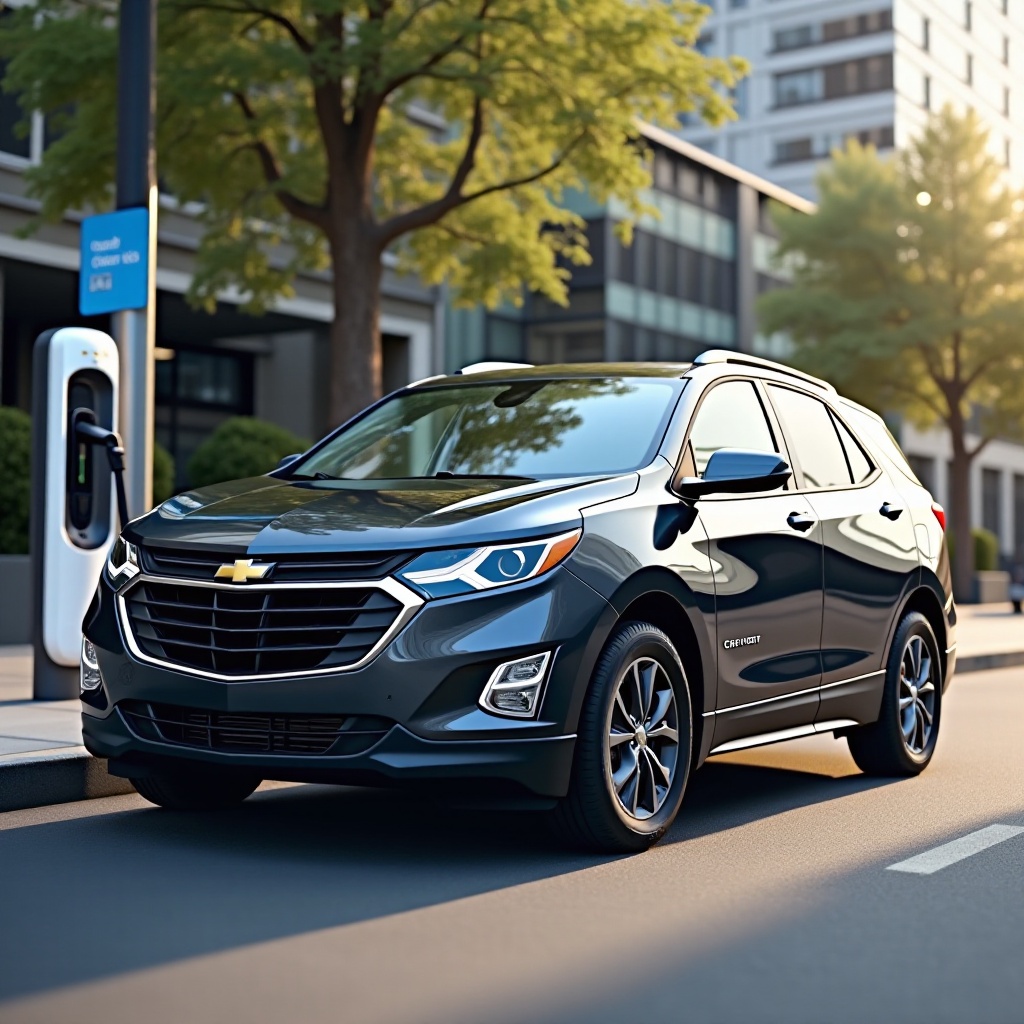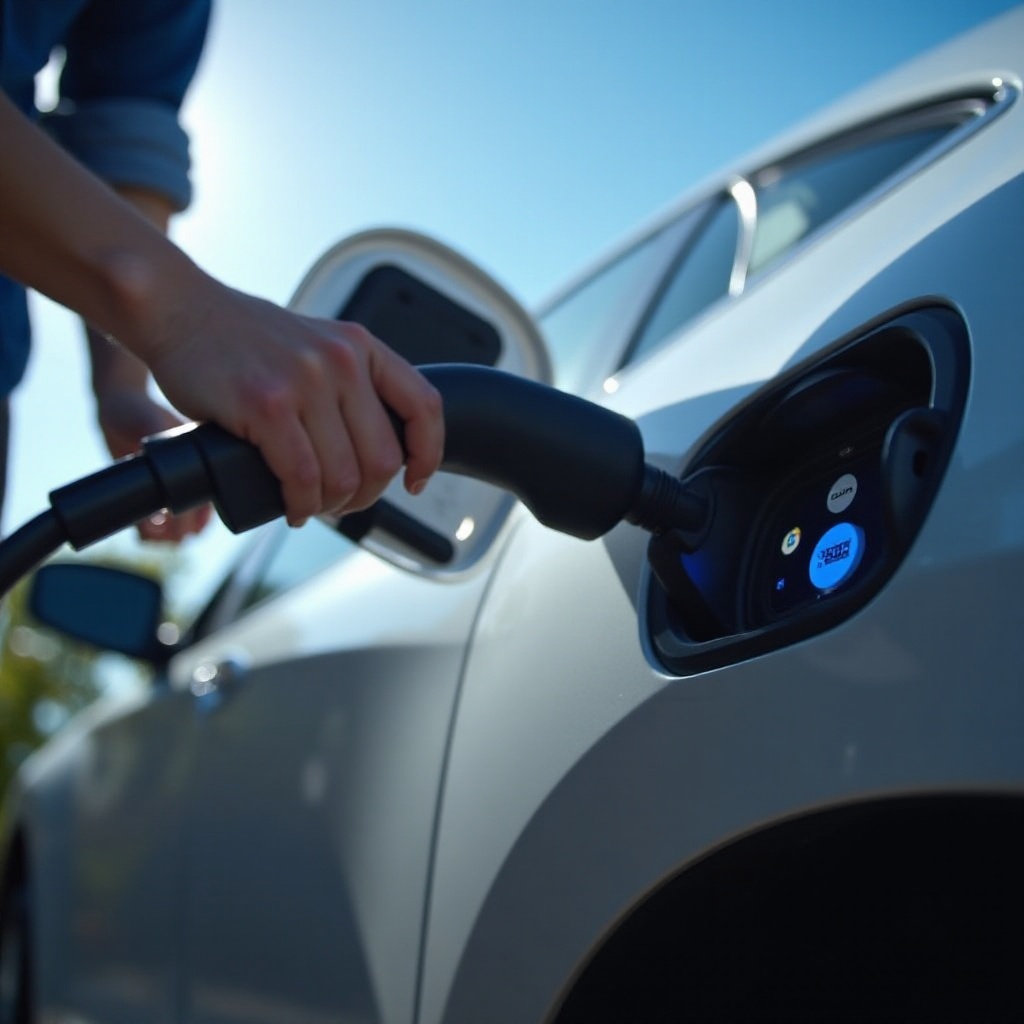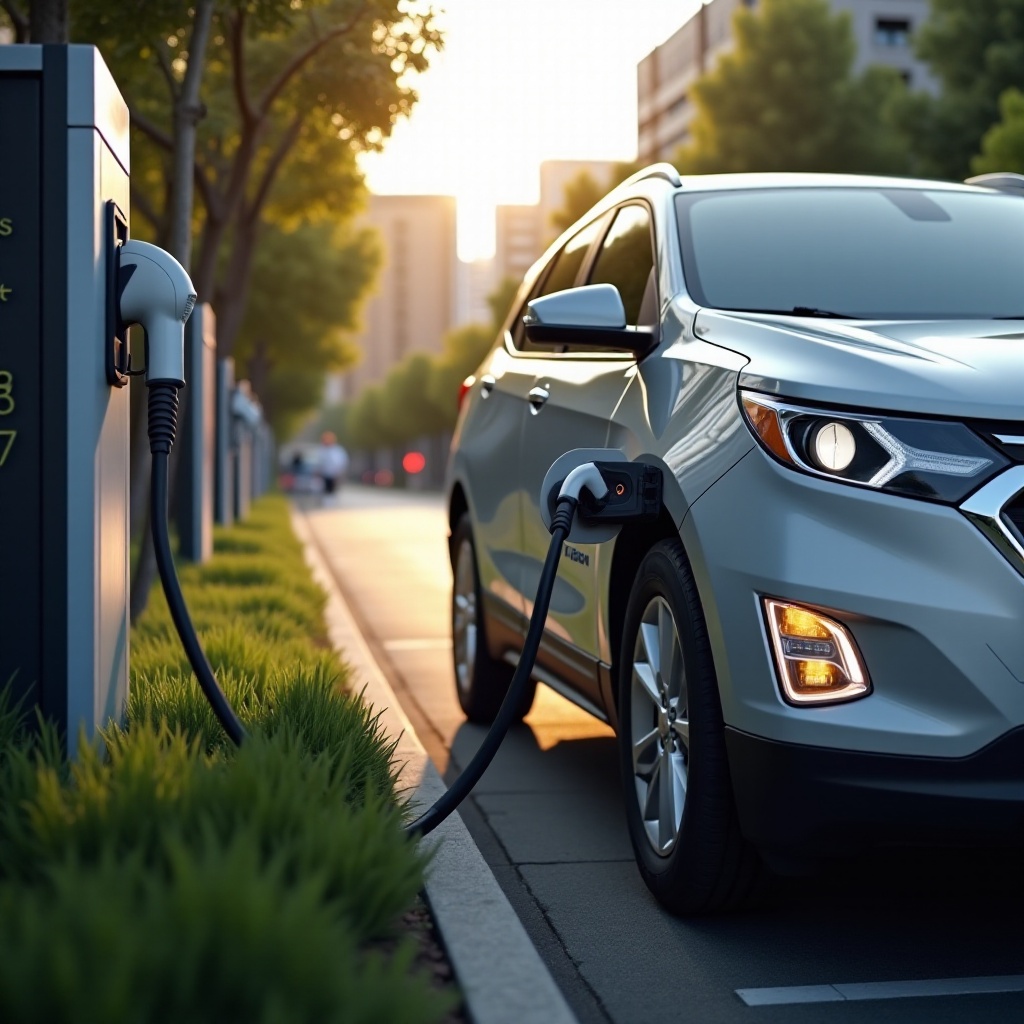Introduction
With the rise of electric vehicles, understanding how to maximize your Chevy Equinox EV charging speed is crucial for both efficient travel and convenience. Properly charging your Chevy Equinox EV ensures you’re always ready to hit the road without unnecessary delays. This guide will cover the basics of EV charging, Chevy Equinox’s specific charging specifications, factors affecting charging speed, and practical tips for optimizing your charging routine. Discover how to keep your Chevy Equinox EV charged and ready for any journey.

Understanding EV Charging Basics
Electric vehicles (EVs) differ fundamentally from traditional gasoline engines, relying on electricity stored in battery packs instead of fuel. Charging an EV involves connecting it to a power source using a dedicated EV charger, classified into three main types:
-
Level 1 Charger: The slowest option, using a standard 120-volt household outlet. It provides about 4-5 miles of range per hour, suitable for overnight charging or low mileage needs.
-
Level 2 Charger: This uses a 240-volt outlet, similar to those used for clothes dryers or ovens. It offers faster charging rates, typically adding around 25 miles of range per hour, and is ideal for home installations or public charging stations.
-
DC Fast Charger: The fastest option, using direct current to charge the battery. Often found in commercial areas, these chargers can add up to 90 miles of range in about 30 minutes.
Understanding these charging basics and their application to your Chevy Equinox EV is essential for making informed decisions about charging infrastructure and routines.
Chevy Equinox EV Charging Specifications
The Chevy Equinox EV is designed with impressive specifications to provide efficient and convenient charging. Supporting both Level 2 and DC fast charging, it offers versatility in different charging scenarios. With Level 2 charging, the Equinox EV can gain up to 34 miles of range per hour, due to its 7.2 kW onboard charger. When connected to a DC fast charger, it can recharge up to 80% of its battery capacity in approximately 30 minutes.
These specifications underscore the importance of choosing the right charger based on your needs. Whether at home with a Level 2 charger or on the road with a DC fast charger, understanding how your vehicle performs under different charging situations is key to maintaining battery health and efficiency.
Factors Affecting Charging Speed
While the Chevy Equinox EV offers various charging options, several factors can influence the actual charging speed:
-
Battery State of Charge: Charging from a lower state of charge (SOC) is faster initially but may slow down as the battery gets fuller, to prevent overcharging and ensure battery longevity.
-
Charger Power Output: The power rating of the charging station directly impacts charging speed. Higher output chargers reduce charging time.
-
Temperature: Extreme temperatures affect battery chemistry, potentially slowing down the charging process in very hot or cold conditions.
-
Battery Condition: As the battery ages, its ability to charge quickly may diminish. Regular maintenance and monitoring help mitigate this.
-
Cable and Connector Condition: The condition of charging cables and connectors also matters. Damaged or worn-out cables can lead to slower charging speeds.
These factors interplay to determine how quickly your Chevy Equinox EV charges, highlighting the need for proper maintenance and suitable charging infrastructure.

Optimizing Your Charging Routine
Optimizing your Chevy Equinox EV charging routine can save time and enhance performance. Here are some actionable tips:
-
Install a Level 2 Charger at Home: Set up a Level 2 charger at your residence for faster home charging. This significantly reduces downtime compared to using a standard household plug.
-
Utilize Public Charging Stations: For longer trips, identify and use DC fast charging stations along your route with apps like PlugShare.
-
Charge During Off-Peak Hours: Many utility companies offer lower electricity rates during off-peak hours. Charging during these times can save money and reduce grid strain.
-
Precondition Your Battery: Use your EV’s preconditioning feature to warm up or cool down the battery before charging to maintain optimal conditions.
-
Monitor Battery Health: Regularly check and maintain your battery’s health. Avoid letting the battery dip below 20% or remain at 100% for prolonged periods.
-
Update Firmware: Keep your vehicle’s software up-to-date for the latest efficiency improvements and charging optimizations.
Implementing these strategies will help you maximize your Chevy Equinox EV’s charging capabilities, ensuring your vehicle is always ready for the road.

Future of EV Charging for Chevy Equinox
The future of EV charging looks promising with many advancements on the horizon. Trends like bi-directional charging, where vehicles can supply energy back to the grid, are gaining traction. Additionally, ultra-fast chargers, which can significantly reduce charging times, are under development and becoming more widespread. For the Chevy Equinox EV, staying aware of these innovations can provide exciting opportunities for even more efficient and versatile charging solutions.
Conclusion
Maximizing your Chevy Equinox EV charging speed involves understanding the vehicle’s specifications, the influencing factors, and optimizing your charging routine with smart practices. By staying informed and proactive, you can ensure your Chevy Equinox EV remains efficient and ready for your daily demands.
Frequently Asked Questions
What is the charging time for the Chevy Equinox EV with a Level 2 charger?
The Chevy Equinox EV can gain up to 34 miles of range per hour using a Level 2 charger. A full charge from empty takes approximately 9 hours.
Can the Chevy Equinox EV use DC fast charging stations?
Yes, the Chevy Equinox EV can utilize DC fast charging, allowing it to recharge up to 80% of its battery capacity in about 30 minutes.
How can I improve my Chevy Equinox EV charging speed at home?
To enhance charging speed at home, install a Level 2 charger, charge during off-peak hours, precondition your battery, monitor and maintain battery health, and keep your vehicle’s firmware up-to-date.
